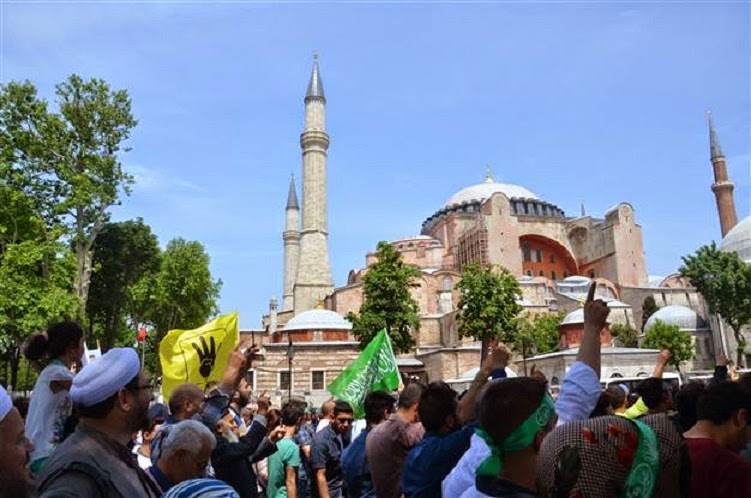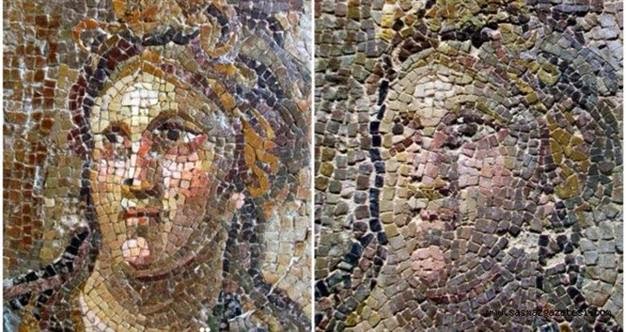Sew La Ti Embroidery:
Turkey
Near East: Restoration work to begin at historic Genoese castle

Near East: Wind power plant to be built on ancient necropolis

Near East: Byzantine church in Turkey for sale on Internet

Near East: Ephesus added to UNESCO World Heritage list

Syria: Turkey not returning smuggled artefacts to Syria

Near East: Countdown starts for UNESCO in Ephesus

Travel: Orpheus Mosaic on display at the Istanbul Archaeology Museum

Near East: Ancient harbour to be recreated in western Turkey

Near East: Turkish villager issued permit to display Graeco-Roman artefacts in her garden

Near East: Protestors demand Hagia Sophia be turned into mosque

Near East: Historic Armenian church to be restored

Near East: Illegal excavations damage ancient city
Near East: Ancient theatre of Magarsus ready to open curtains

Near East: Ancient mosaics damaged during restoration in Turkey

Near East: Byzantine church to be 'restored' as mosque

Near East: Triumphal arch of ancient city to return to former glory

Near East: Historic castle in southeast Turkey to be restored

